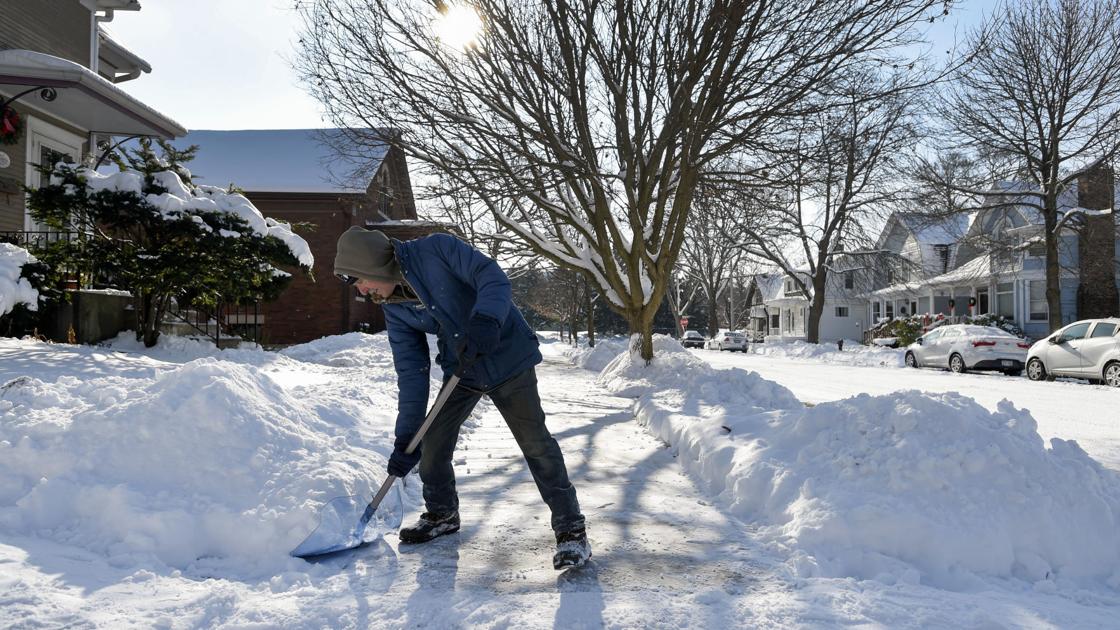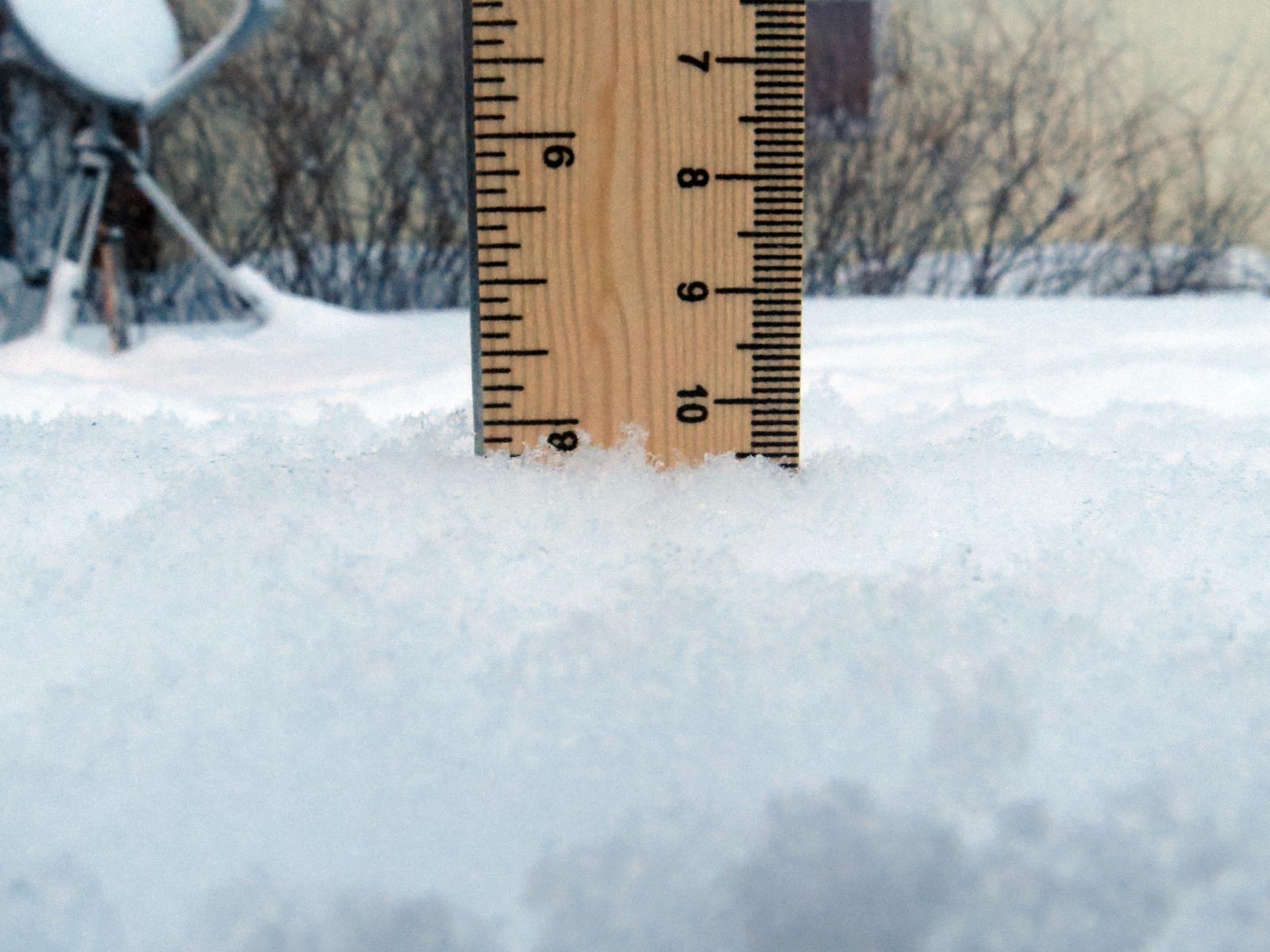Are you prepared for the winter's icy embrace, and how accurately can we truly predict its fury? The ability to forecast snowfall accurately, down to the inch, is a complex science, and the potential for significant snow accumulation is always a weather-related challenge for various regions.
The quest to understand and predict snowfall is a relentless pursuit of meteorological precision. Forecasting snowfall isn't as simple as glancing at a thermometer; it involves a complex interplay of atmospheric elements. As we navigate the winter months, the question of accuracy looms large: How reliable are these predictions, and what factors influence them? The difference between a dusting and a deluge can hinge on subtle shifts in temperature, humidity, and wind conditions. The National Weather Service, along with various storm teams, is constantly refining its models and methods. But how do these predictions translate into real-world preparedness? From the homeowner bracing for a blizzard to the city official coordinating snow removal, understanding the nuances of these forecasts is crucial.
The National Weather Service, in its forecasts, often uses inches as the standard unit to measure snowfall, providing crucial information for residents and officials alike. For example, they can predict that some areas might get "8 to 9 inches of snow," or "up to 8 inches." The forecasts, however, are not always perfect, the likelihood of specific snowfall amounts can fluctuate based on shifting weather patterns. As we look toward the coming winter season, the forecasts will be crucial in ensuring safety.
Understanding the Snowfall-to-Liquid Ratio
The snow-to-liquid ratio represents a crucial concept when forecasting snowfall. It quantifies how many inches of snow equate to one inch of rain. A higher ratio typically signifies lighter, fluffier snow, while a lower ratio indicates wetter, denser snow. This ratio, however, isn't fixed; it changes. Factors like temperature, humidity, and wind during the snowfall play pivotal roles in its variability. Colder temperatures, generally, contribute to a higher snow-to-liquid ratio. The study of snow to liquid ratio helps weather forecasters and the public alike.
Examples of Snowfall Impacts and Forecasts
The winter of that year presented numerous challenges. In the Midwest, for instance, areas like Indiana and Central Kansas braced for at least 8 inches of snow, with potential for significantly higher accumulations. Simultaneously, the risk of hazardous weather, including freezing rain and sleet, was highlighted, particularly in the regions spanning Eastern Kansas, the Ozarks, and the Ohio Valley. The forecasts also provided city-specific predictions. The accuracy of forecasts, however, can fluctuate. As the storm evolves, the potential for adjustments in the forecast is always present.
Further Insights into Snowfall Predictions
The importance of regional variations became apparent. While some areas, like the Twin Cities, might anticipate up to 8 inches of snow, other locations, especially those along the coast, received different predictions. The latest snowfall projections, for instance, could pinpoint Southern Connecticut as likely to receive up to 6 inches of snow along its coastal areas, while the interior might get up to 7 inches. These details are what make such information valuable. The data helps in assessing local preparedness. These variations demonstrate the importance of the weather forecast.
The importance of historical context should also be considered. For example, snowfall events can set records. The forecasts for the future can always be analyzed from a historic perspective.
The Twin Cities Forecast and Winter Storms
The Twin Cities, a region known for its harsh winters, faced a significant weather event. Forecasts indicated that the area was on track to potentially experience its largest snowfall since December. The solidifying conditions increased the chances of a substantial snowfall. The forecasts proved to be key as the city prepared. The forecasts highlight the importance of preparedness. This system's potential shift and its impacts demonstrate the need for vigilance and real-time updates.
The Role of Local Weather Services and Historical Data
The NWS Indianapolis reported a significant amount of snowfall in the area. These figures, however, can vary widely across regions. The accuracy of the forecasts, therefore, is crucial. This detailed information can assist residents with preparing for and coping with extreme weather conditions. A key piece of advice for residents and officials: "Check spelling or type a new query" to get the most accurate, up-to-date information. When it comes to the winter months, staying informed is the only way to stay safe. The role of the NWS in providing accurate and timely weather data is clear: it is to save lives.
Record-Setting Snowfalls and Regional Impacts
Snowfall events can set records and cause disruptions. Specific areas in the panhandle saw 8 to 9 inches of snow, and in certain areas of Florida, records were broken. New Orleans, for example, saw snow accumulation that broke its previous records. These extreme events show the need for accurate forecasting. These instances also serve as reminders of the importance of winter preparedness. The weather service plays a key role. The forecasts are important for the public.
Preparing for Winter: The Importance of Accurate Forecasts
As we prepare for the winter months, it is crucial to stay informed. Reliable forecasts help us prepare. Understanding the nuances of these predictions and their regional variations is essential. It's important to be ready and to prepare for the possibility of significant snow accumulations. Always "Check spelling or type a new query" for real-time, updated information. These forecasts can influence our actions. Staying prepared and vigilant can ensure safety.
Conclusion
The ability to predict snowfall with accuracy remains a dynamic area of meteorological study. The interplay of multiple atmospheric conditions results in changing conditions. The forecasts are a crucial tool. To prepare effectively, we need to acknowledge the uncertainty of predicting snowfall. Understanding the nuances of weather forecasting is key to being prepared.



